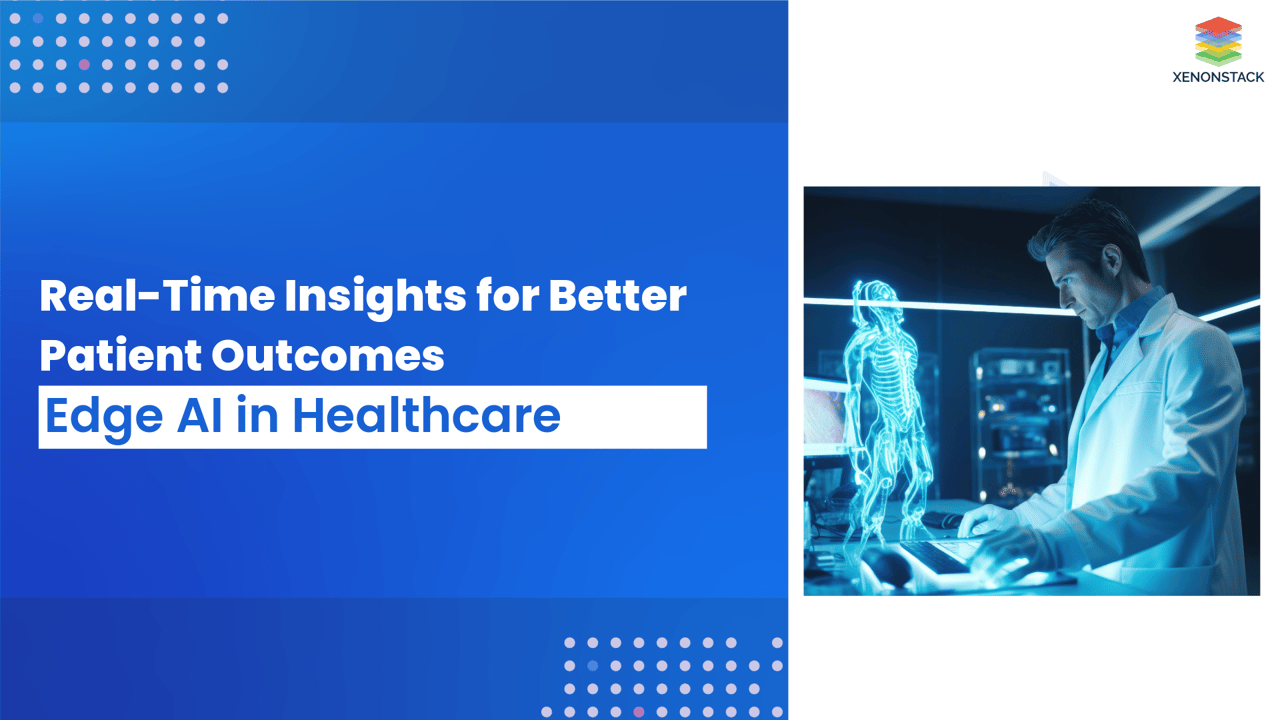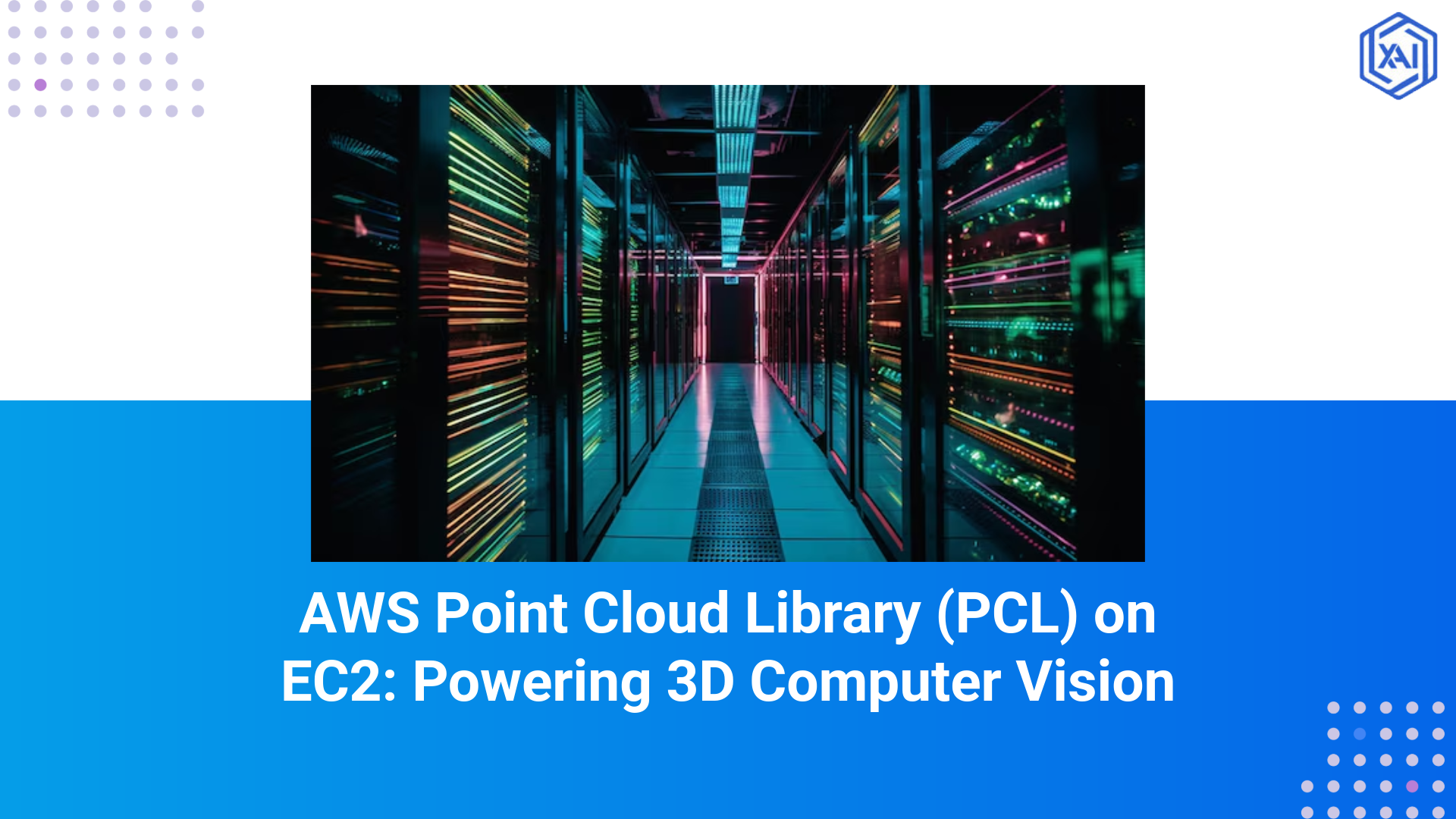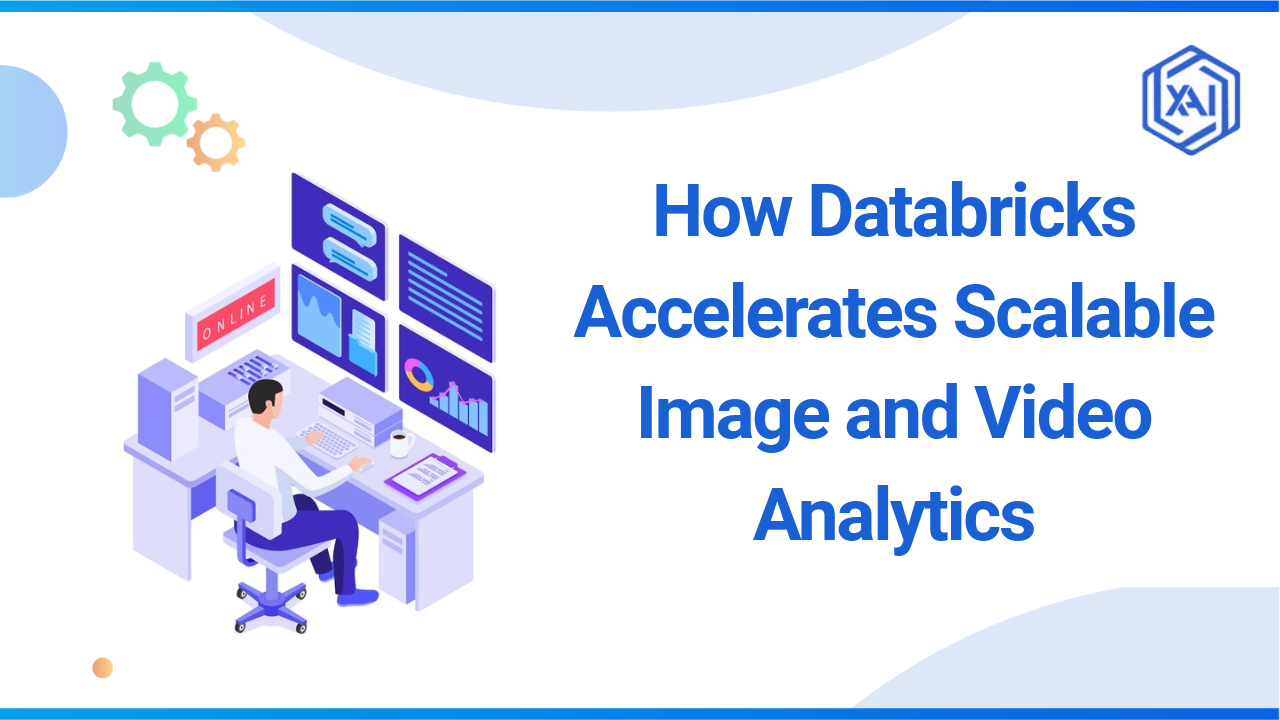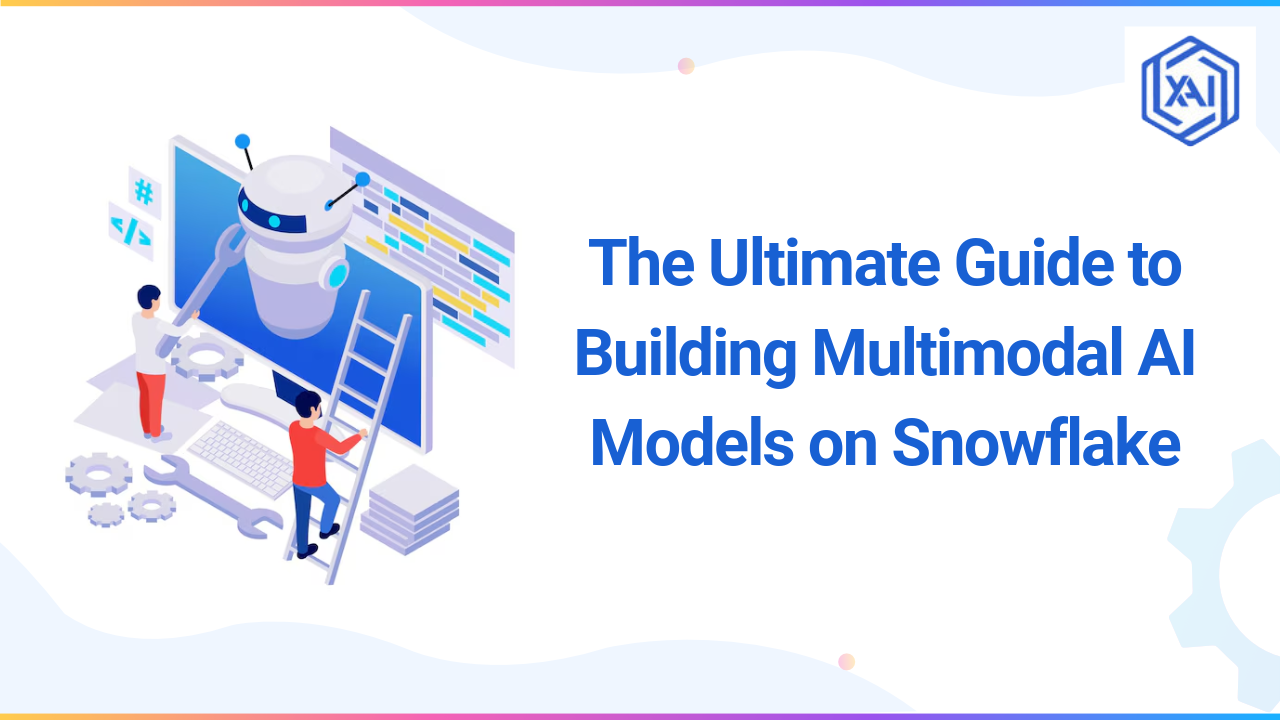
Edge AI presents a revolutionary paradigm of improving the future of healthcare for one simple reason: AI processing happens locally on devices at the point of care, making patient care faster and more private. This technology responds to important needs of the healthcare industry today, such as extended diagnostic times, reliance on centralized information processing, and the absence of real-time data access. These problems are worse in rural or other under-served areas where there is little access to the internet and adequate health facilities to complicate care delivery. Consequently, patient care is compromised, especially when options must be weighed, resulting in critical decision-making delays for better patient health.
Key Takeaways
- Enhanced Speed & Privacy: Edge AI processes data locally on devices, making healthcare delivery faster and more secure, especially in underserved regions.
- Real-Time Decisions: With immediate data analysis, healthcare providers can make faster decisions critical for patient outcomes, particularly in emergencies.
- Reduced Cloud Dependency: Edge AI operates efficiently without relying on constant internet access, ideal for remote or rural care settings.
- Improved Patient Outcomes: Quicker insights lead to better treatments and timely interventions, enhancing overall patient care.
- Scalability & Flexibility: Edge AI can be deployed across various healthcare settings, from small clinics to large hospitals, reducing strain on cloud systems.
- Key Components: Edge AI utilizes local processing units, AI algorithms, and IoT sensors to analyze health data and support instant actions.
Edge AI in Healthcare
Edge AI is a compound of AI and edge computing that allows data to be manipulated in the device instead of using a cloud server. In health care, this means that with the help of devices like wearables, smart medical instruments, and diagnostics, the data can be processed locally and generate actionable insights immediately.
This approach intensively impacts the future of delivering healthcare services since it increases working productivity, decreases the time taken to transmit information, and protects patients’ data by processing it closer to the source. Edge AI can solve various problems immediately, which may be used in an emergency room, remote areas, or perhaps when monitoring a patient.
The Power Behind Edge AI in Healthcare
Edge AI refers to the use of high-performance processors incorporated in healthcare instruments. By developing the original AI graphs and applying AI models relative to these devices, healthcare systems can provide real-time outcomes without data porting to the cloud.
Key Components
-
Local Processing Units: Integrated smart computing elements used within equipment for immediate data processing.
-
AI Algorithms: The device uses local technologies such as machine learning and deep learning to address some medical functions.
-
Sensors and IoT Devices: These include patient monitoring data, such as the physiological status, medical images, or measurements and data about the environment in which the patient stays.
Edge AI means that the data being analyzed is done in real-time so that doctors and other healthcare providers can instantly act on what they see. The shift from cloud to local computing enables healthcare providers to act faster in sensitive cases, improving patient results.
Edge computing deploys the services at the edge seamlessly and reliably by maintaining flexibility. Taken From Article, Applications of Edge Computing
How Edge AI Works in Healthcare
By applying edge AI in healthcare, patient data is stored directly on devices near or near where care is delivered. These devices may also operate as standalone solutions and/or in conjunction with cloud-based platforms so that the system can remain flexible.
Key Steps
-
Data Capture: Patient records may include physiological data via known medical sensors, cameras, and wearables; pulse rate, blood pressure, and medical imaging are typical examples.
-
Edge Processing: Such data is then processed at the device level to detect patterns, look for anomalies, or predict the patient's outcome.
-
Real-Time Decisions: According to the presented data, the device gives recommendations to healthcare professionals or patients right after the examination.
-
Optional Cloud Integration: Although initial processing occurs on the local device, information can be transmitted to the cloud for further processing or storage.
One such process that can be easily described is wearable devices that track cardiac health. As the patient experiences an irregular heartbeat, the gadget alerts the patient and forwards his/her data to the doctor on the next steps.
Key Features of Edge AI in Healthcare
-
Low Latency: Local processing reduces the time required for an input to be processed compared to waiting for data to be processed by cloud-based systems.
-
Real-Time Analysis: It complements the episodic snap-shot approach by offering current and comprehensive patient specifics to healthcare givers.
-
Enhanced Privacy: Patient data is processed locally, minimising exposure to possible patient data breaches.
-
Reduced Dependence on Connectivity: Continuously cares for remote areas without ‘Poor or No Internet connection.
-
Scalable Solutions: Edge AI devices do not congest centralized cloud systems, meaning the solution can be implemented in several healthcare facilities simultaneously.
Benefits of Edge AI in Healthcare
-
Improved Patient Outcomes: In this case, we can unveil that faster data analysis of the patient translates to better treatments.
-
Enhanced Accessibility: Regarding use cases where cloud infrastructure cannot be implemented, Edge AI makes it possible to deliver care.
-
Cost Savings: This shall reduce the need for cloud storage and computing, which may be expensive for an organization.
-
Scalability: The solutions considered as Edge AI can be used in any healthcare centre, from private doctor's offices to big hospitals.
How Edge AI Helps Healthcare Systems
There is empirical evidence that Edge AI improves healthcare by automating information processing, leading to quicker decision-making, remote healthcare, cutting expenses, and elevating precision. A major advantage of implementing guidelines is that actual decisions regarding the lives of patients can be made at the time of care delivery, especially in cases of emergency care. Therefore, timely care must always be possible.
Edge AI helps patients in rural or underserved areas get timely care through telemedicine platforms. Besides, it can lower cloud computing expenditures and the patient’s reliance on the Internet for consultations and prescriptions while minimizing the work of medical personnel in diagnostics and prescribing medications.
Edge AI have opened up opportunities to take a fresh and practical approach to data processing and fuel a range of technology-driven solutions. Click to explore about our, Edge AI | Industrial Use Cases 2024
Use Cases of Edge AI in Healthcare
Remote Patient Monitoring
-
Edge Device: Smart wristbands or smartwatches can be used as heart monitors.
-
Use Case: Supervising patient information, identifying abnormal patterns of a patient’s heart rate and oxygen saturation, and notifying practitioners immediately.
Emergency Care
-
Edge Device: Outside broadcasts, such as those in ambulances, emergency operating theatres or diagnostic machines that can be moved around.
-
Use Case: Increased real-time monitoring of patient status enables first responders who attend to patients early to make proper assessments and immediate interventions before rushing them to the hospital.
Medical Imaging
-
Edge Device: Mobile units of ultrasound apparatus or X-ray machine.
-
Use Case: Whenever initial identification and categorization of injuries can be done on-site or without going online owing to the distance.
Telemedicine
-
Edge Device: Diagnostic tools enhanced by artificial intelligence incorporated within telemedicine solutions.
-
Use Case: It allows the doctor to diagnose the patient during a virtual consultation, so the patient does not need to travel to the doctor's office.
Edge AI, in general, is having a significant effect on healthcare systems around the globe at the moment. Algorithms used in emergency departments enable experts to evaluate severe diseases in a few seconds and decrease response times. In rural medicine, portable diagnostic equipment with artificial intelligence offers diagnosis at the patient’s location instead of long trips.
The architecture of Edge AI in Healthcare
To illustrate the flow and interaction between various components in an Edge AI in Healthcare system, the following diagrams provide a clear understanding of the architecture:

Explanation:
-
Patient Data Capture: These comprise Wearable Sensors such as ECG monitors, pulse oximeters, and Mobile Health Apps that gain real-time information from patients.
-
Edge Device: Examples include wearables, Smartwatches with built-in Artificial Intelligence, and Portable Monitoring Devices that analyze data on site.
-
Local Data Processing: This includes on-device AI algorithms for data processing and real-time data filters that allow users to analyze relevant data.
-
Data Analysis: Called Anomaly Detection Algorithms to detect anomalies and Decision Trees for Alerts to decide when to notify healthcare workers.
-
Alerts and Monitoring: This portable EMR's user features include a Healthcare Provider Dashboard for notifications and Data Logging for post-acute patient tracking and reporting.

Explanation:
-
Data Capture: Gathers patient information through devices, including wearable, sensor devices or other applications on mobile devices.
-
Edge Device: The devices that enable the real-time processing of the obtained information to provide minimal response time.
-
Data Processing: Interprets the recorded information of the patient to enable the data analysis to run through them smoothly and effectively.
-
AI Model Analysis: Artificial intelligence is used to work with the results of data pre-processing to find trends and outliers.
-
Decision Making: Winsor’s proficiency in working with technical personnel comes into play when assessing the analysis results to decide further action, depending on the set parameters.
-
Immediate Response: If an emergency is identified, the system operates and initiates responses, such as notifying healthcare providers.
-
Report Data for Review: In simple cases, the system aggregates and presents statistics, which must be analyzed and discussed.
Challenges of Implementing Edge AI in Healthcare
-
Data Security: While bringing computation closer to the data enhances the privacy of the data, guaranteeing that those edge devices conform to the acceptable health information privacy standards (HIPAA) is a challenge.
-
Hardware Limitations: These devices demand less computing power than fully centralized systems like cloud systems.
-
Integration Complexity: Deploying Edge AI devices into the existing healthcare-supporting information technology systems is not without some hurdles.
-
Cost: Variations in the initial investment level needed for the healthcare institution to acquire AI-capable hardware could be limiting.
Why Edge AI is Important in Healthcare
Edge AI is crucial because it addresses the healthcare industry's most pressing needs: quicker diagnosis time, enhanced patient observation, and the ability to function in regions with low connections. They ensure that patients receive optimum care, preserving life care without encumbrances like cloud systems.
Points To Be Considered
Hardware Constraints: Currently, AI models demand a huge amount of computation, which is challenging for smaller devices at the edge.
Limited Memory: During the decision-making process, some local datasets could be too large to store on an edge device, which may have to be offloaded to cloud systems at intervals.
Initial Investment: Deploying edge AI solutions may be expensive for small healthcare providers.
Conclusion: Edge AI in Healthcare
Telemedicine on the edge is revolutionizing healthcare and how our patients are diagnosed and treated. Such AI-powered devices analyze data locally and deliver immediate outcomes like quicker diagnosis and treatment. While some problems are still associated with mobile learning, the advantages outweigh the disadvantages regarding integration and cost. It can be seen that Edge AI is the future of healthcare, which aims to provide instant care for all citizens at any location.
- Discover here about Role of Edge AI in the Automotive Industry
- Read about Edge AI in Video Analytics



